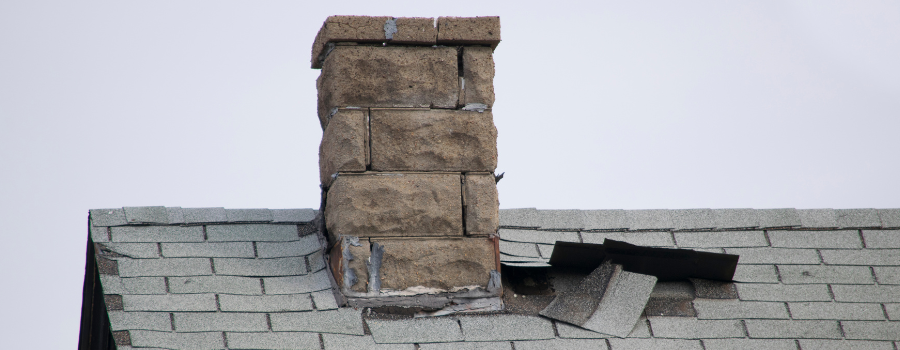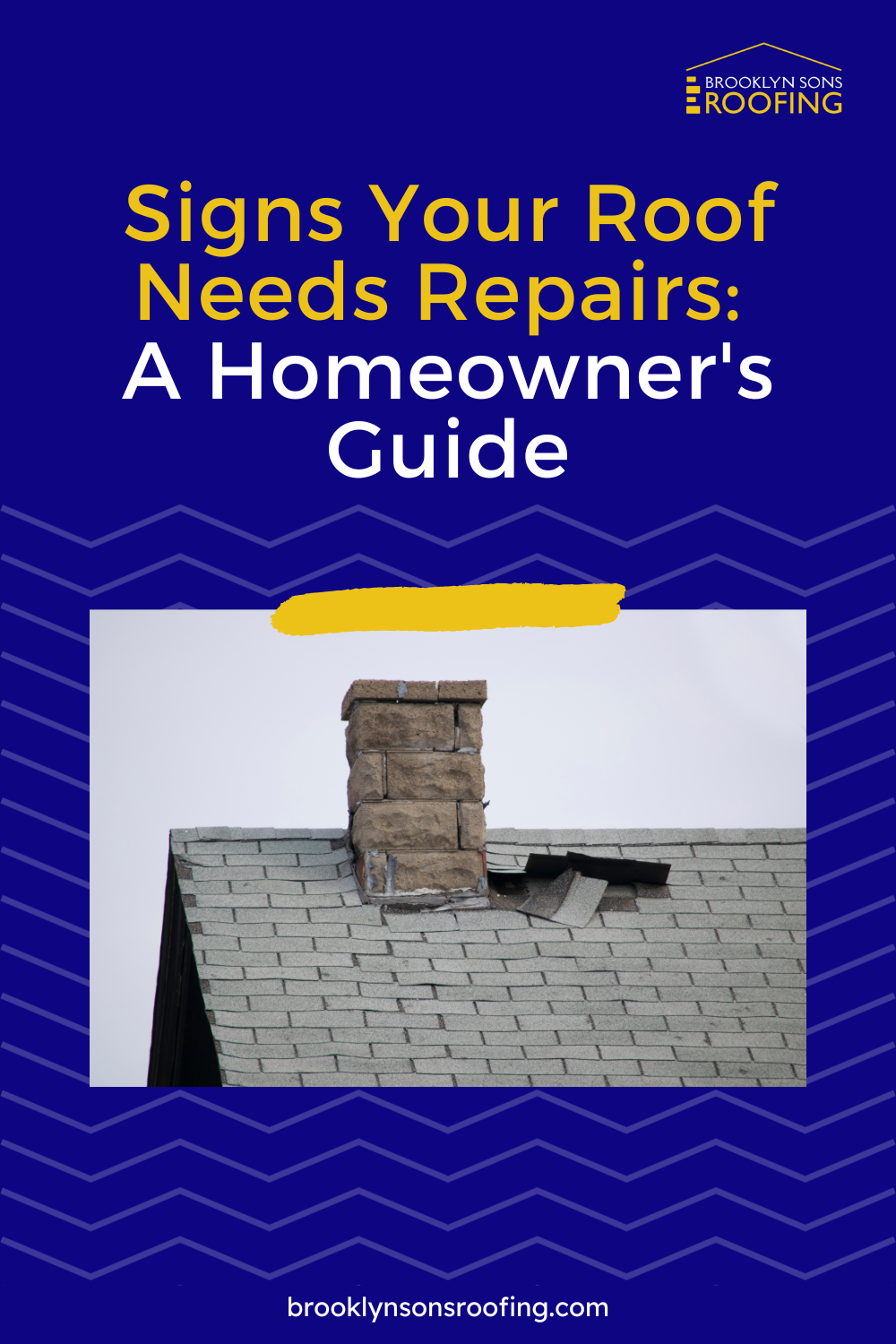
In this guide, we’ll explore the 5 signs that indicate your roof needs repairs and when to call a professional roofer for service.
Owning a home comes with the responsibility of safeguarding one of your most significant investments—your property. Above all, the roof stands as a shield against the elements, protecting you and your belongings from rain, snow, and the harsh rays of the sun. Yet, this crucial barrier is not impervious to wear and tear. Therefore, as a homeowner, you need to know the signs your roof needs repairs so you can protect and properly care for your investment.
Regular maintenance and timely repairs are paramount to extending the lifespan of your roof and, consequently, preserving the structural integrity of your home.
Below, we will delve into the subtle yet essential signs that every homeowner should be attuned to—a roadmap that helps you identify when your roof is whispering about its need for attention, signaling the potential necessity of repairs to keep your home secure and dry.
Understanding these signs and taking prompt action can be the difference between a minor fix and a major renovation. So, let’s embark on this journey of roof awareness and proactive homeownership.

Let’s continue with the 5 most obvious signs your roof needs repairs below.
5 Common Signs of Roof Damage
1. Missing or Damaged Shingles
Safely inspect your roof and check for any missing, cracked, or curled shingles, as they can expose your roof to leaks.
HOMEOWNER TIP:
Use a leaf blower to quickly and easily spot flapping or loose shingles. But use cautiously or at a distance so the power of the wind doesn’t blow them away. This tip will also remove fallen leaves and branches, which could add to the need for roof repairs, if left to sit for too long.
2. Water Stains on Ceilings and Walls
Interior water stains often indicate roof leaks. Inspect your ceilings and walls for discolored patches or watermarks, especially after a hard rain or when the snow melts. Use a flashlight to look for stains that are yellowish or brownish in color.
Here are other places to look:
- Areas around light fixtures and ceiling fans. Water stains often form near these fixtures due to leaks.
- Corners and edges of ceilings and walls, as these areas are more prone to water intrusion. Stains may appear as blotches or streaks.
3. Sagging Roof Deck
A roof deck refers to the structural surface or base layer of a roof. It is the foundation upon which the roofing materials, such as shingles or tiles, are installed. The roof deck provides support for the roof covering and helps distribute the load of the roof evenly across the underlying structure.
Roof decks are commonly made of plywood, oriented strand board (OSB), or other materials suitable for supporting the roof. The condition of the roof deck is important for the overall stability and integrity of the roofing system. If there are issues with the roof deck, such as sagging or water damage, it can affect the performance and lifespan of the roof.
A sagging roof deck may be a sign of structural issues. If you notice any dips or sags, it’s time to call a professional for an inspection.
4. Granules Found in Gutters
With excessive heat, the roofing adhesive becomes compromised and can no longer hold the shingles as securely. If you find granules from your shingles in the gutters, it could mean your roof is aging and may need replacement or repairs.
5. Daylight Through the Roof Boards
Check your attic during the day. If you can see sunlight coming through the roof boards, it’s a clear sign of potential leaks.
Frequently Asked Questions
Q1: How often should I inspect my roof?
A: It’s advisable to inspect your roof at least twice a year, ideally in the spring and fall. Additionally, perform checks after severe weather events like rain and snow storms.
Q2: Can I repair my roof myself?
A: While some minor repairs may be possible for DIY enthusiasts, it’s recommended to hire a professional roofer for more extensive or complex issues. Roof work can be dangerous, and improper repairs may lead to further damage.
Q3: What is the average lifespan of a roof?
A: The lifespan of a roof depends on factors such as material, climate, and maintenance. Asphalt shingle roofs typically last 20-30 years, while metal and tile roofs can exceed 50 years with proper care.
Q4: How can I prevent roof damage?
A: Regular maintenance is key. Keep gutters clean, trim overhanging branches, and promptly address any visible issues. Additionally, schedule professional inspections to catch potential problems early.
As a homeowner, it’s crucial to keep a vigilant eye on your property’s well-being, especially one of the most critical components—your roof. Regular maintenance and timely repairs can extend the lifespan of your roof and protect your home from potential water damage.
Being proactive in monitoring your roof’s condition can save you from costly repairs and protect your home from water damage. If you observe any of the signs mentioned above or have concerns about your roof’s integrity, don’t hesitate to consult with a professional roofing contractor. Regular inspections and timely repairs are essential to ensuring your roof’s longevity and maintaining the overall well-being of your home.


